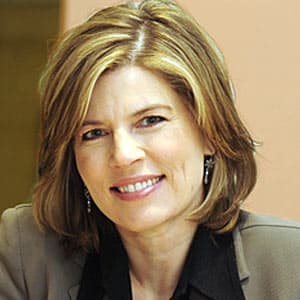Advertisement
'Invisible Child' chronicles how homelessness shaped the life of Dasani — from childhood to today
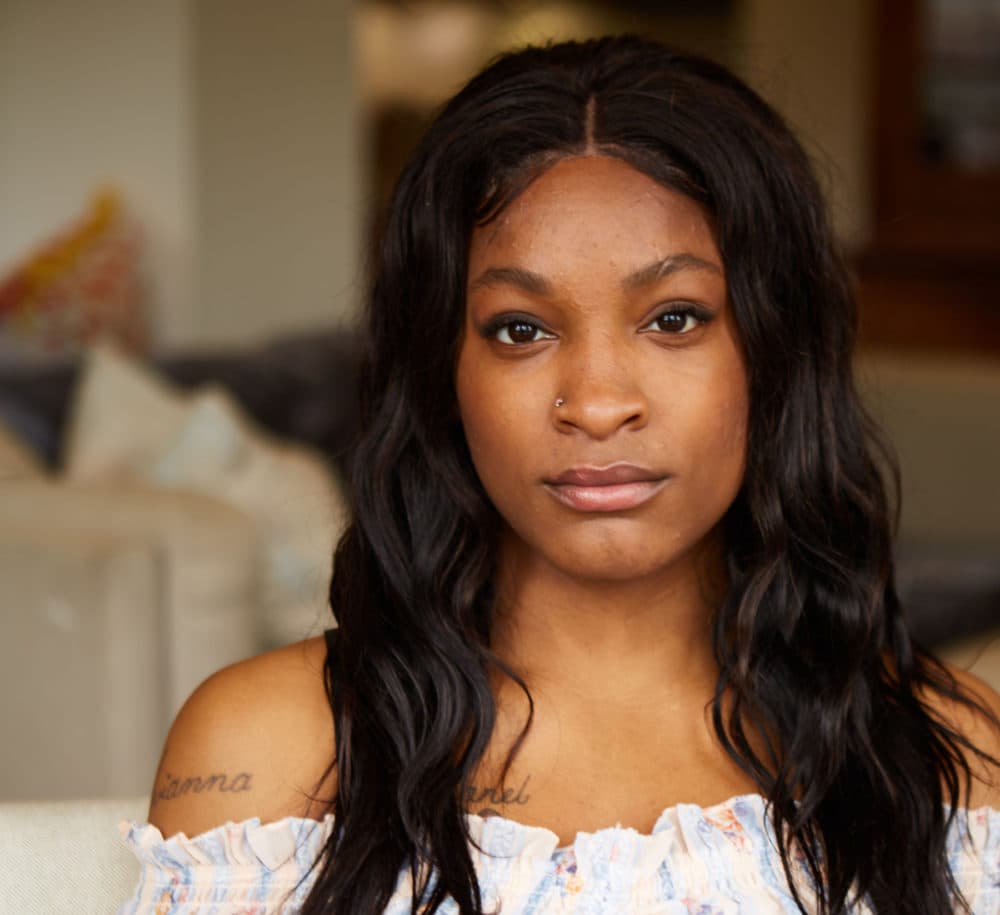
Editor's note: This segment was rebroadcast on May 16, 2022. Find that audio here.
In 2019, when the school bell rang at the end of the day, more than 100,000 schoolchildren in New York City had no permanent home to return to.
Children are not often the face of homelessness, but their stories are heartbreaking and sobering: childhoods denied spent in and out of shelters, growing up with absent parents and often raising themselves and their siblings.
In 2013, the story of a young girl named Dasani Coates took up five front pages in The New York Times. The oldest of eight kids, Dasani and her family lived in one room in a dilapidated, city-run homeless shelter in Brooklyn.
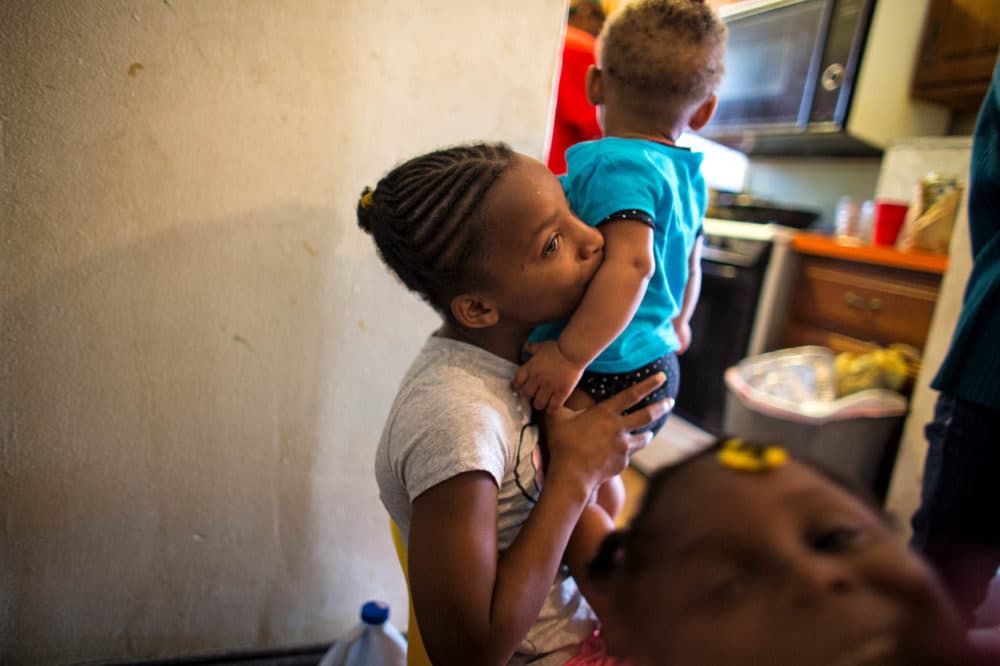
Offering a rare look into how homelessness directs the course of a life, New York Times writer and Pulitzer Prize winner Andrea Elliott was allowed to follow Dasani's family for almost 10 years. This week, an expansion of her reporting comes out within the pages of “Invisible Child: Poverty, Survival & Hope in an American City.”
Elliott first met Dasani, her parents and her siblings in Brooklyn’s Fort Greene neighborhood in 2012. The journalist will never forget the first time she saw the family unit traveling in a single file line, with mother Chanel Sykes leading the way as she pushed a stroller.
“That image has stayed with me ever since because it was so striking the discipline that they showed to just walk in single file — the unity, the strength of that bond,” Elliott says.
Chanel was raised on the streets and relied on family bonds, the reporter learned.
Advertisement
Elliott says she was immediately drawn to 11-year-old Dasani — not only because of the girl’s ability to articulate injustices in her life, but how Desani held so much promise for herself.
Dasani described the family’s living quarters as so cramped, “it was like 10 people trying to breathe in the same room and they only give you five windows,” Elliott recalls. The mouse-infested shelter didn’t deter Dasani from peeking out her windowsill every morning to catch a glimpse of the Empire State Building. It gave the young girl a feeling that “there’s something out there,” Elliott says.
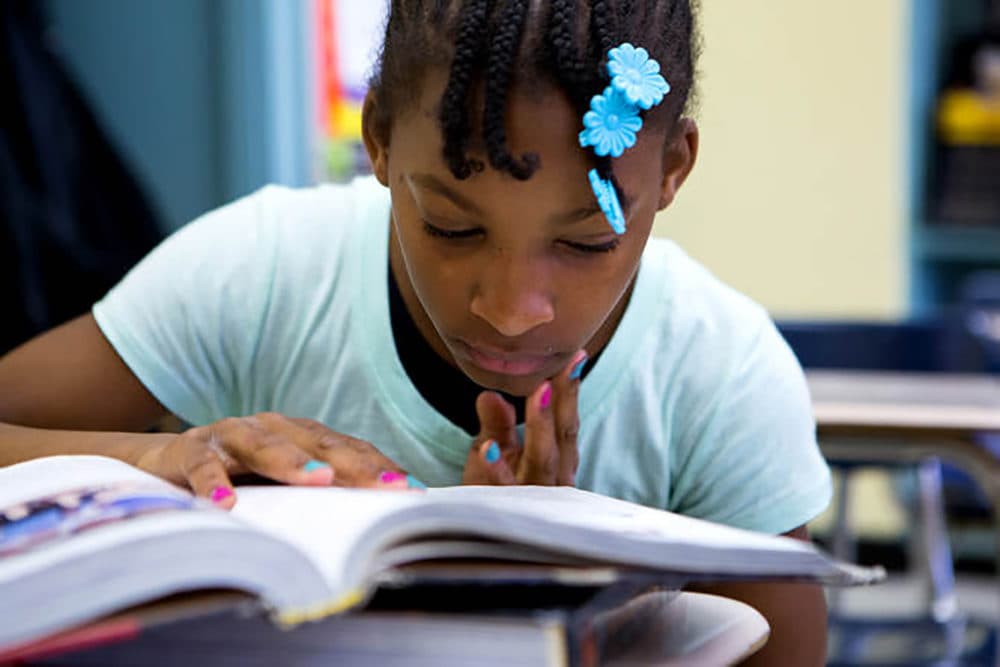
That’s what “Invisible Child” is about, Elliott says, the tension between “what is” and “what was” for Dasani, whose life is remarkable, compelling and horrifying in many ways.
Her parents were in and out of jail for theft, fights and drugs. Child Protection Services showed up on 12 occasions. Dasani was in many ways a parent to her seven younger brothers and sisters. She changed diapers, fed them and took them to school.
“By the time most schoolchildren in New York City are waking up to go to school, Dasani had been working for probably two hours,” Elliott says.
Despite the circumstances, Dasani radiated with potential. Elliott writes that few children “have both the depth of dishonest troubles and the height of her promise.”
But Dasani’s story isn’t about an extraordinary child who made it out of poverty. Elliott says those are the types of stories society tends to glorify because “it allows us to say, if you work hard enough, if you are gifted enough, then you can beat this.”
Rarely does that happen for children living in poverty — like Dasani — who are willing and capable but who are inundated with problems not of their own making, she says.
“By the time most schoolchildren in New York City are waking up to go to school, Dasani had been working for probably two hours."
Andrea Elliott
“I think if we look at Dasani's trajectory, we see a different kind of story. We see a story of a girl who's trying to not escape,” she says. “Her hope for herself is to keep, as she's put it to me, her family and her culture close to her while also being able to excel.”
It’s the point Elliott says she wants to get across in “Invisible Child”: We need to focus less on escaping problems of poverty and pivot attention to finding the causes and solutions to those problems.
After Dasani’s family left the homeless shelter, she was accepted to the Milton Hershey School, a tuition-free boarding school for low-income children in Pennsylvania. For a time, she thrived there. She felt the burdens of home life lift off her shoulders, giving her the opportunity to focus her energy on schoolwork, join the track team and cheerleading squad, and make significant gains in math.
But despite the extraordinary opportunity, she talked often about just wanting to go home — as troublesome as that home life was. When she left New York City, her loved ones lost a crucial member of the family, and in her absence, things fell apart.
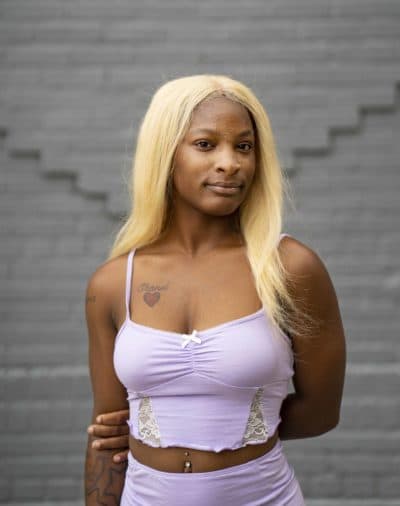
The Child Protection Agency began monitoring Dasani’s parents on suspicion of parental neglect, Elliott says. Parental neglect, failure to provide necessities for one’s children like shelter or clothing, is one form of child maltreatment that differs from child abuse, she says.
The children are ultimately placed in foster care, and Dasani blames herself for it.
Now in her 20s, Dasani became the first in her immediate family to graduate high school, and she enrolled in classes at LaGuardia Community College. She’s creating life on her own terms, Elliott says.
“And to her, that means doing both things — keeping her family in her life while also taking strides forward,” the journalist says.
Dasani is not an anomaly. Multiply her story by thousands of children in cities across the U.S. living through the same experiences — and the country confronts a crisis.
Elliott hopes “Invisible Child” readers see people beyond the limiting labels of homeless and poor and address the “deep historical context” that are part of these complicated problems, she says.
“The material reality of Dasani's life — her homelessness, her family's lack of money — is merely the point of departure for understanding her human condition,” she says. “And the more that readers engage with her, the clearer it becomes that every single one of these stories is worthy of attention.”
After nearly a decade of reporting, Elliott wants readers to remember the girl at her windowsill every morning who believed “something better was out there waiting for her.”
Alexander Tuerk produced and edited this interview for broadcast with Todd Mundt. Serena McMahon adapted it for the web.
This segment aired on October 6, 2021.
